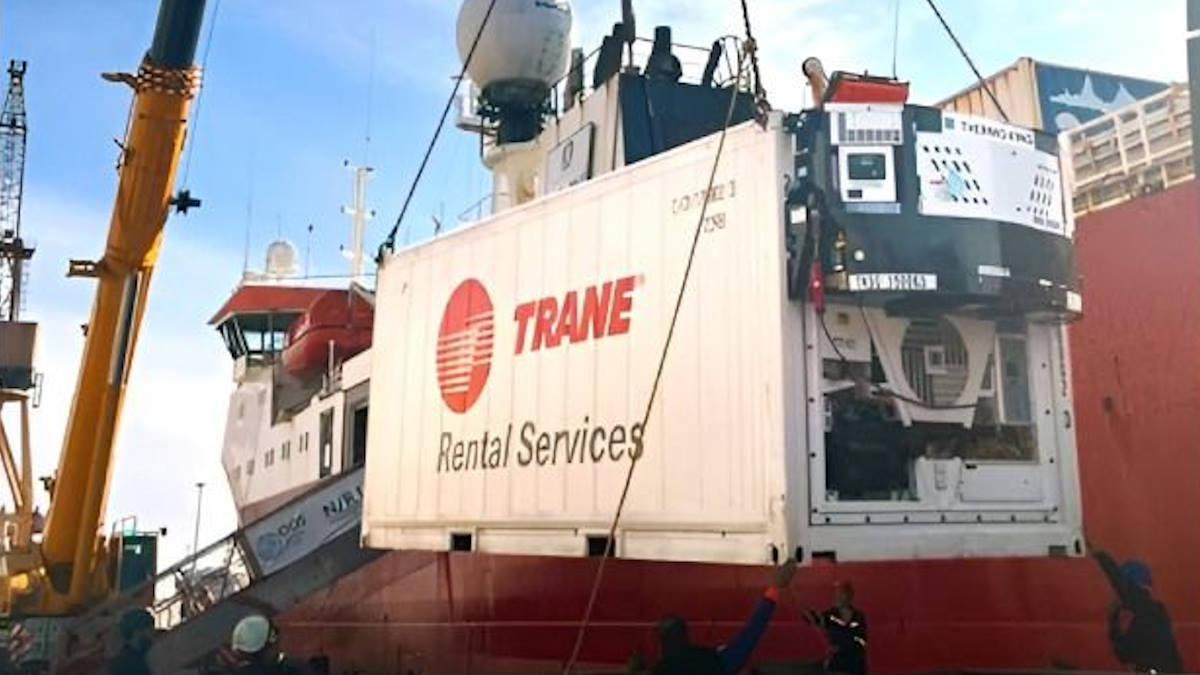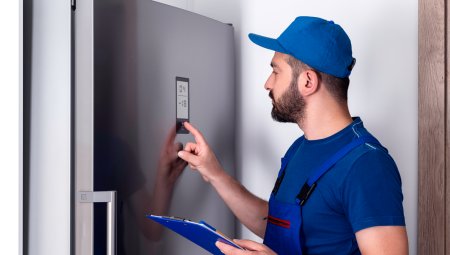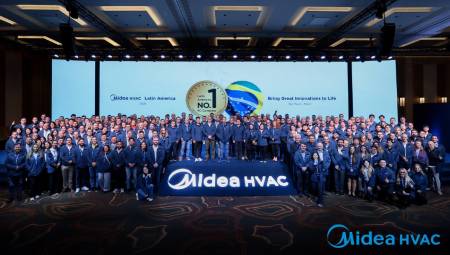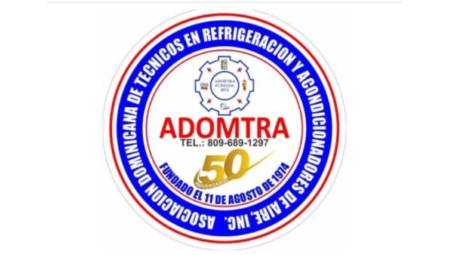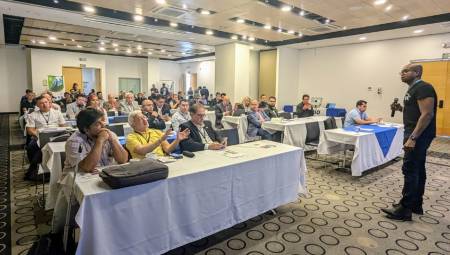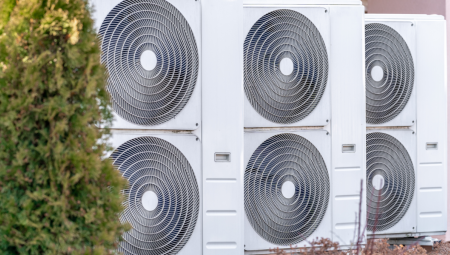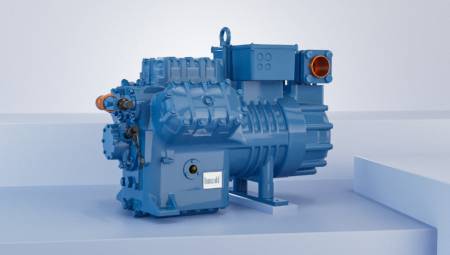International. European scientists have discovered a way to sustainably drill and recover an Antarctic ice core that dates back 1.5 million years.
The Beyond EPICA initiative aims to deepen our understanding of Earth's climate system by analyzing ice cores found in the region. By extracting these samples, this project provides invaluable information about past weather conditions and how to predict climate in future scenarios.
To carry out this project, it is necessary to use sophisticated laboratory equipment and highly trained scientific personnel. Instead of bringing all this high-end technology and human know-how to the South Pole, it is much more effective and efficient to move ice core samples to laboratories in Europe. After the ice cores are drilled, they are transported by refrigerated ships from the South Pole to a port in southern Italy.
But once the ice reaches land, engineers on the Beyond EPICA project face another challenge: how to deliver the precious cargo from the Italian port to a research lab in Germany?
Travel from the port to the laboratory
To ensure that the ice cores reach the sophisticated laboratories where they can be thoroughly analyzed, engineers had to address two key challenges:
- Ensure extremely low and strict temperature control down to -30° Celsius.
- Ensure seven days of autonomous power for a journey of more than 1,500 kilometres.
In addition, the ice cores would need to be transported in a robust structure that can withstand handling and potentially difficult conditions along the way, while ensuring that their cargo remains intact.
Connected and autonomous SuperFreezers
Understanding the challenges involved in transporting such sensitive cargo from southern to northern Europe, Trane's Trane Rental Services division worked with the Beyond EPICA team to provide a holistic solution. The ice core was transported in a 20-foot SuperFreezer, a refrigerated vessel designed to carry sensitive cargo at extremely low temperatures as low as -30 Celsius.
The container itself is double-insulated and made of the highest quality materials, to ensure its proper operation in outdoor temperatures from +50° Celsius to -30° Celsius. With a remote monitoring and operation module that allows you to monitor the temperature of the load at all times, adjust the temperatures and have all the temperature data during the transfer.
Given the long voyage and often unreliable access to power sources, the SuperFeezer is equipped with a Thermo King G-3500 marine generator. In addition to providing up to a week of autonomous power, the Genset uses 6% less fuel compared to other brands and is equipped with a highly reliable and efficient power source.
 "In addition to delivering and installing air conditioning systems with proven, reliable and state-of-the-art technology, the Trane Rental Services team can also remotely monitor the load and adjust settings to maintain the correct temperature," explained Marco Giordano, a Trane Rental Services expert.
"In addition to delivering and installing air conditioning systems with proven, reliable and state-of-the-art technology, the Trane Rental Services team can also remotely monitor the load and adjust settings to maintain the correct temperature," explained Marco Giordano, a Trane Rental Services expert.


